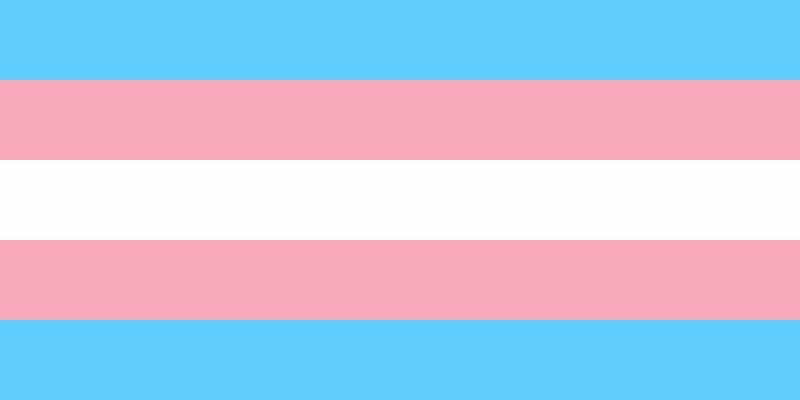The Gender Spectrum and Gender Continuum
Most Western societies operate on the idea that gender is a binary—that there are essentially only two genders (men and women) based on two sexes (male and female), and that everyone must fit one or the other. This social dichotomy enforces conformance to the ideals of masculinity and femininity in all aspects of gender and sex—gender identity, gender expression, and biological sex. In contrast, some societies have "third gender" categories that can be used as a basis for a gender identity by people who do not identify with the gender that is usually associated with their biological sex. In other societies, membership of any of the gender categories is open to people regardless of their sex. In some cultures and subcultures, gender has traditionally been viewed as fluid, or existing along a spectrum.
In the United States, the gender spectrum was formed as an extension of the limiting gender binary that viewed man and woman as the only two gender options. It is a linear model, ranging from 100% man to 100% woman with various states in between. The gender continuum (sometimes referred to as the gender matrix) is an extension of this gender spectrum that includes additional gender identities. A continuum is multidimensional, allowing third gender, fourth gender, fifth gender, agender, or genderless options, as well as many other possibilities and combinations; it is thus a more accurate reflection of the true diversity of human genders. The continuum approach to gender identity provides individuals with more personal freedom in which to express themselves.
Transgender Identities
In Western cultures, those who identify with the gender that was assigned to them at birth based on their biological sex (for example, they are assigned male at birth and continue to identify as a boy) are called cisgender. Individuals who identify with a gender that is different from the one they were assigned based on their biological sex (for example, they are assigned male at birth but feel inwardly that they are a girl, or a gender other than a boy) are called transgender. Transgender is an umbrella term that refers to the state of one's gender identity (in other words, one's self-identification as woman, man, neither, both, or something different) not matching one's assigned sex (their identification by others as male, female, or intersex, based on genetic and biological characteristics). Transgender is independent of sexual orientation; transgender people may identify as heterosexual, homosexual, bisexual, pansexual, polysexual, asexual, or any other kind of sexuality, just like cisgender people do. It is difficult to determine the prevalence of transgender people in society; however, it is estimated that 2–5% of the U.S. population is transgender (Transgender Law and Policy Institute 2007).

Transgender pride
Those that identify with a gender that is different from the biological sex they were assigned at birth are called transgender. The flag above is the marker of transgender pride.
The umbrella of transgender identities includes many different and sometimes-overlapping categories. The term "transsexual," though used less often these days, refers to transgender people who alter their bodies through medical interventions, such as surgery and hormonal therapy, so that their physical being is better aligned with gender identity. They may also be known as male-to-female (MTF) or female-to-male (FTM). "Genderqueer" and "gender fluid" typically signify gender experiences that do not fit into binary concepts; they suggest nonconformity and challenge existing constructions and identities. In addition, people may identify as androgynous, bigender, pangender, ambigender, non-gendered, agender, intergender, third gender, or another identity altogether. "Two-spirit" is a modern umbrella term used by some indigenous North Americans to describe gender-variant individuals in their communities.
Not all transgender individuals choose to alter their bodies or physically transition from one sex to another. Many will maintain their original anatomy but may present themselves to society as a different gender, often by adopting the dress, hairstyle, mannerisms, or other characteristics typically assigned to a certain gender. It is important to note that people who cross-dress, or wear clothing that is traditionally assigned to the opposite gender—such as transvestites, drag kings, and drag queens—do not necessarily identify as transgender (though some do). People often conflate the term "transvestite" (the practice of dressing and acting in a style or manner traditionally associated with the other sex) with "transgender"; cross-dressing is typically a form of self-expression, entertainment, or personal style, and not necessarily an expression about one's gender identity.